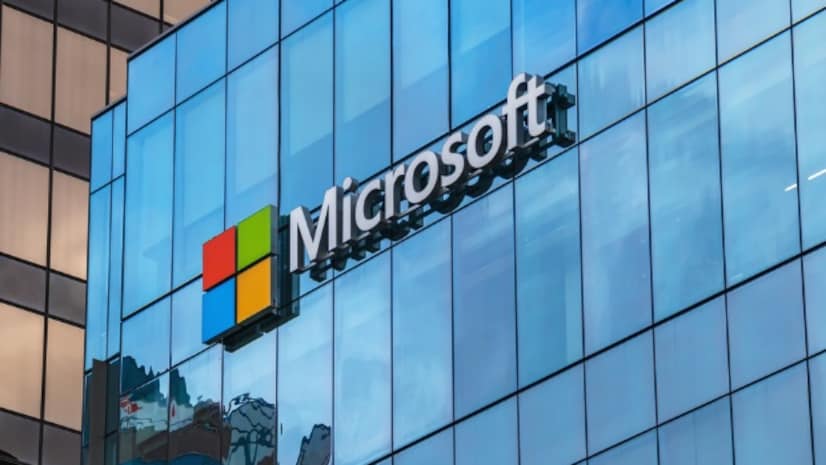Microsoft Suffers Another Major Outage: Cyberattack Blamed
In a recurring digital nightmare, Microsoft’s cloud services experienced yet another significant global outage on Tuesday, July 30, 2024. This marks the second major disruption within a month, raising serious concerns about the tech giant’s cybersecurity infrastructure. Unlike the previous outage, which Microsoft attributed to internal network connectivity issues, this time, the company has directly pointed fingers at a cyberattack.

A Second Blow
The latest outage impacted a wide range of Microsoft services, including Azure, Microsoft 365, and several other critical platforms. Users worldwide faced disruptions in productivity, communication, and business operations. The incident began around 11:45 UTC and persisted until approximately 19:43 UTC, causing widespread frustration and uncertainty.
Cyberattack at the Core
In a statement, Microsoft confirmed that the initial trigger for the outage was a Distributed Denial of Service (DDoS) attack. However, the company admitted to a critical error in its defense mechanisms. Instead of mitigating the attack, the DDoS protection system amplified its impact, leading to a cascading failure that brought down multiple services.
This revelation underscores the complex nature of modern cybersecurity threats. Even tech giants with vast resources and expertise are vulnerable to sophisticated attacks. The incident highlights the urgent need for robust and adaptive defense systems to counter evolving cyber threats.
User Frustration and Trust Eroded
The repeated outages have eroded user trust in Microsoft’s reliability. Businesses and individuals alike rely heavily on cloud services for their daily operations, and disruptions can have severe consequences. The impact of the outage extended beyond inconvenience, with many businesses suffering financial losses due to downtime.
Social media platforms were flooded with complaints and memes as users expressed their frustration and anger. The hashtag #MicrosoftDown trended globally, with people sharing their experiences and demanding accountability from the tech giant.
A Call for Enhanced Cybersecurity
This incident serves as a wake-up call for the entire tech industry. Cyberattacks are becoming increasingly sophisticated and frequent, and companies must invest heavily in cybersecurity infrastructure to protect their systems and customer data.
Microsoft has pledged to conduct a thorough investigation into the incident to identify the root causes and implement measures to prevent recurrence. The company has also promised to share detailed findings in a Preliminary Post Incident Review (PIR) within 72 hours and a subsequent Final Post Incident Review.
The Road to Recovery
While Microsoft works to restore normal operations and investigate the attack, users are left to grapple with the consequences. Many businesses have implemented contingency plans to minimize disruptions, but the reliance on cloud services has made them vulnerable to such incidents.
It is imperative for organizations to develop comprehensive disaster recovery plans and explore alternative service providers to reduce dependency on a single platform. Additionally, investing in employee cybersecurity training is crucial to prevent human error from becoming a vulnerability.
The Microsoft outage is a stark reminder of the interconnectedness of our digital world and the potential consequences of cyberattacks. As technology continues to advance, so too will the threats targeting it. It is essential for businesses, governments, and individuals to prioritize cybersecurity and work collaboratively to build a more resilient digital ecosystem.
Frequently Asked Questions
What caused the Microsoft outage?
Microsoft has confirmed that the initial trigger was a DDoS attack, but an error in their defense mechanisms amplified the impact.
Which Microsoft services were affected?
The outage impacted a wide range of services, including Azure, Microsoft 365, and several others.
How long did the outage last?
The outage lasted approximately 7 hours and 48 minutes, from 11:45 UTC to 19:43 UTC.
Will Microsoft compensate affected users?
Microsoft has not yet announced any compensation plans, but it is possible they may offer credits or other forms of reimbursement.
What can businesses do to protect themselves from similar incidents?
Businesses should invest in robust cybersecurity measures, develop disaster recovery plans, and explore alternative service providers.




